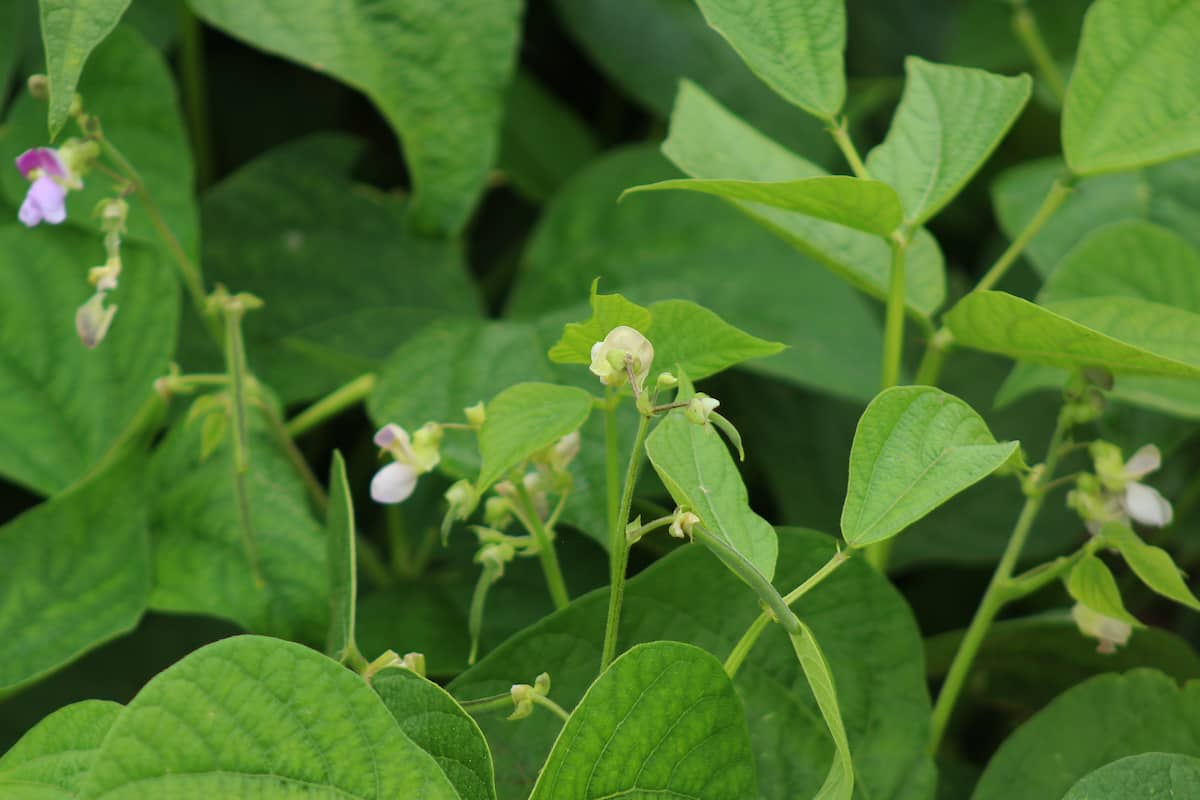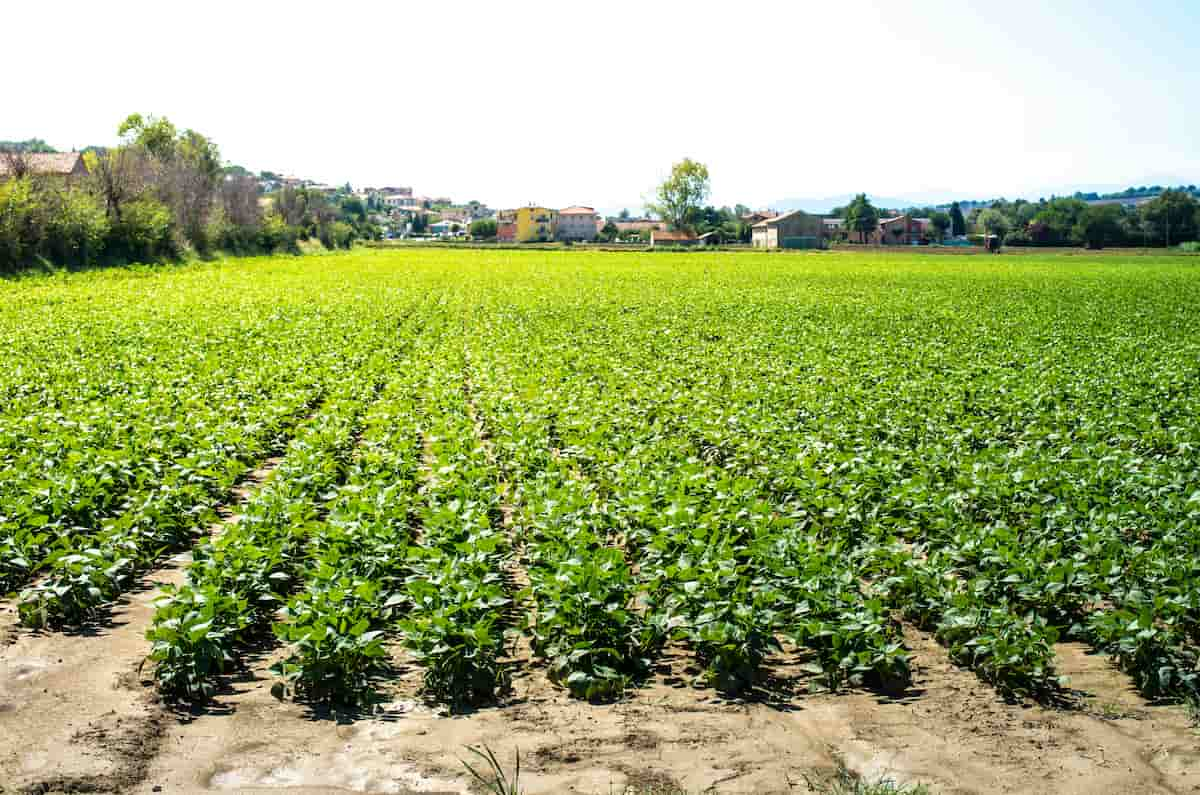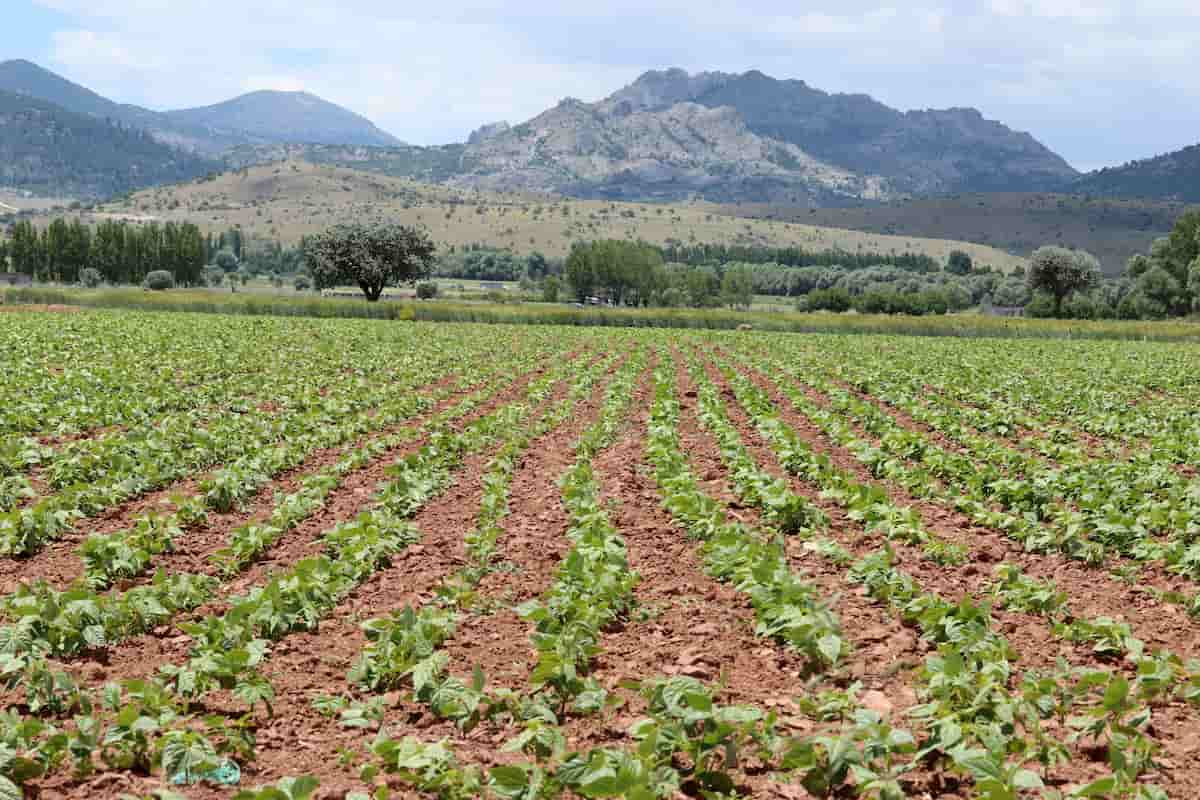Cluster beans, or guar beans, are highly nutritious and an excellent source of dietary fiber, vitamins, and minerals. However, the higher proportion of male flowers in cluster bean plants can impact the yield and quality of the crop. This is because only female flowers develop into pods, the edible parts of the plant. Therefore, it is necessary to enhance the number of female flowers in cluster bean plants to ensure a healthy and productive crop.

Farmers and gardeners can achieve this by adopting several measures, such as choosing the right variety, providing adequate sunlight exposure, proper irrigation, balanced fertilization, pest and disease management, pruning, optimal planting density, crop rotation, adequate water supply, and pollination. By implementing these measures, farmers can significantly improve the yield and quality of their cluster bean crops, thereby ensuring a steady supply of nutritious pods.
How to Increase Female Flowers in Cluster Beans/Guar Beans
Introduction to Cluster Beans cultivation
Cluster beans, also known as guar beans, are a widely cultivated vegetable crop in tropical and subtropical areas due to their high nutritional value, protein, fiber, and minerals. They are well-suited to arid conditions, which makes them an attractive crop option for farmers in low-rainfall regions.
Although these plants are low-maintenance, they can be impacted by pests, diseases, and environmental stress, affecting their yield and quality. Therefore, proper cultivation practices such as soil preparation, planting, irrigation, fertilization, pest management, and harvesting are necessary to ensure healthy and productive crop growth.
Understand the Anatomy of Cluster Beans Flowers
To cultivate cluster beans effectively, it is essential to have a good understanding of the anatomy of their flowers. The flowers of these plants are typically small, with five petals fused into a trumpet-like shape. Inside the flower, there are ten stamens and a single pistil. The stamens produce pollen necessary for fertilization, while the pistil contains the ovary, where the seeds are formed. The flowers of cluster beans can be either male or female, with the female flowers developing into pods harvested for consumption.
The Best Variety of Cultivation Cluster Beans
The best varieties of cluster beans that are commonly cultivated in India include Durgaja, Durgapura Safed, Agaita Guara-111, Agaita Guara-112, FS-277, HFG-119, HG-75, Guara-80, HG-182, HG-182, HFG-156, Bundel Guar- 1, Bundel Guar- 2 (IGFRI-2395-2), Bundel Guar- 3 (IGFRI 1019-1), Guar Kranti (RGC-1031)
Optimal Growing Conditions for Cluster Beans
- Climate: Cluster beans grow best in tropical and subtropical regions with temperatures between 20-30°C.
- Water: These plants require moderate watering, with approximately 500-600mm yearly rainfall.
- Sunlight: Cluster beans prefer full sunlight exposure but can also tolerate partial shade.
- Fertilization: The soil should be enriched with organic matter and balanced fertilizers, including nitrogen, phosphorus, and potassium.
- Pest control: Pests and diseases can significantly impact the yield and quality of the crop. Appropriate measures should be taken to control pests and diseases effectively.
- Harvesting: The pods should be harvested regularly to promote further flowering and growth.
- For optimal growth, cluster beans require fertile soil, well-drained, and pH levels ranging from 6.5 to 7.5.
In case you missed it: How to Increase Female Flowers in Kiwi: Explained in 10 Steps for High Yields and Profit

Cluster Beans Flowering Stage
The flowering stage of cluster beans is a critical period in the crop’s growth cycle. It typically occurs around 45-50 days after sowing. During this stage, the plant produces abundant white or pink flowers that develop into pods. Adequate water supply and balanced fertilization are essential during this period to ensure optimal pod development.
The flowering stage also requires proper pest and disease management to prevent damage to the flowers and subsequent yield loss. Once the pods have matured, they can be harvested by hand, and the plant can continue to produce additional pods throughout the growing season.
Factors that Affect Less Female Flowers in Cluster Beans
- Soil quality: Poor soil quality can affect flower production in cluster beans.
- Inadequate sunlight: Cluster beans require full sunlight exposure to promote flower production.
- Improper irrigation: Over or under-watering can reduce flower production in cluster beans.
- Nutrient deficiency: A lack of essential nutrients can produce low flowers in cluster beans.
- Pests and diseases: Infestations of pests and diseases can significantly impact flower production in cluster beans.
- Extreme temperatures: High or low temperatures can affect flower production in cluster beans.
- Improper pruning: Improper pruning can lead to reduced flower production.
- Improper planting density: Overcrowding or under-planting can affect flower production in cluster beans.
- Genetics: Certain varieties of cluster beans may have a lower propensity for female flower production.
- Water quality: Poor water quality can negatively affect flower production in cluster beans.
- Soil pH: Improper soil pH levels can impact flower production in cluster beans.
- Environmental factors: Environmental stressors such as drought or excessive heat can reduce flower production in cluster beans.
10 Simple Tips to Increase Female Flowers in Cluster Beans
- Adequate sunlight exposure: Cluster beans require full sunlight exposure to promote female flower production.
- Proper irrigation: Provide adequate and timely irrigation to ensure optimal flower development.
- Balanced fertilization: Apply balanced fertilizers that contain essential nutrients, especially nitrogen, to promote flower production.
- Pest and disease management: Implement appropriate pest and disease management practices to prevent flower damage.
- Pruning: Prune the plant correctly to encourage new flower production.
- Optimal planting density: Proper spacing of plants can help promote female flower production in cluster beans.
- Use of organic matter: Add organic matter to the soil to promote healthy flower development.
- Proper pH level: Maintain the soil pH between 6.5-7.5 for optimal flower production.
- Pollination: Encourage pollinators such as bees to help pollinate the flowers and promote fruit formation.
- Avoid environmental stress: Protect the plant from environmental stress, such as excessive heat or drought.
In case you missed it: How to Increase Female Flowers in Kidney Beans: Explained in 10 Simple Steps for High Yields and Profit

Conclusion
Increasing the number of female flowers in cluster beans can significantly improve the yield and quality of the crop. Farmers and gardeners can promote optimal flower development and achieve higher yields by following the ten simple steps outlined in this article. These steps include choosing the right variety, providing adequate sunlight exposure, proper irrigation, balanced fertilization, pest and disease management, pruning, optimal planting density, crop rotation, adequate water supply, and pollination. By implementing these measures, farmers can ensure healthy and productive cluster bean crops with high yields.
- Feed Your Flock for Less: Top 10 Tips to Save on Chicken Feed
- Ultimate Guide to Ossabaw Island Hog: Breeding, Raising, Diet, and Care
- Hatching Answers: The Top 10 Reasons Your Chickens Aren’t Laying Eggs
- Eggs and Economics: Breaking Down the Cost of Raising Backyard Chickens
- Defend Your Greens: Proven Methods to Keep Iguanas Out of Your Garden
- Ultimate Guide to Cinnamon Queen Chicken: A Comprehensive Guide for Beginners
- Ultimate Guide to California Tan Chicken: Breeding, Raising, Diet, Egg-Production and Care
- Ultimate Guide to Marsh Daisy Chicken: Breeding, Raising, Diet, and Care
- 10 Types of Chicken Farming Businesses You Can Start for Profits